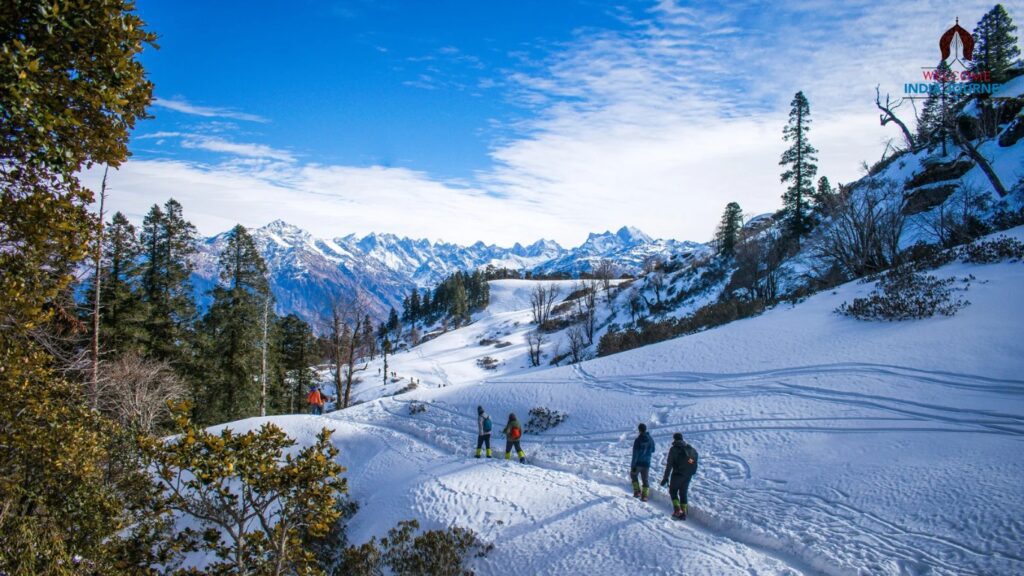How to Plan a Memorable Round the India Trip
India, with its vast landscapes, rich cultural heritage, and diverse traditions, offers a plethora of experiences for travelers. Planning a round-the-India trip can seem daunting, but with the right approach, you can create an itinerary that is both comprehensive and memorable. Here’s a step-by-step guide to help you plan your journey across this incredible country.
1. Define Your Interests and Priorities
Cultural Experiences: Temples, festivals, local markets, and heritage sites. Natural Wonders: Beaches, mountains, deserts, and forests. Adventure: Trekking, river rafting, wildlife safaris, and more. Relaxation: Wellness retreats, beaches, and serene hill stations.
By knowing what interests you the most, you can tailor your itinerary accordingly.
2. Research and Create a Rough Itinerary
Regions to Explore:
- North India: Delhi, Agra, Rajasthan, Himachal Pradesh, Uttarakhand, and Varanasi.
- South India: Kerala, Tamil Nadu, Karnataka, and Andhra Pradesh.
- West India: Mumbai, Goa, Gujarat, and Maharashtra.
- East India: Kolkata, Odisha, Assam, and other Northeastern states.
- Central India: Madhya Pradesh and Chhattisgarh.
Example Itinerary:
- Week 1: Delhi, Agra, and Jaipur (Golden Triangle)
- Week 2: Varanasi and Khajuraho
- Week 3: Rajasthan (Udaipur, Jodhpur, Jaisalmer)
- Week 4: Mumbai and Goa
- Week 5: Kerala (Cochin, Alleppey, Munnar)
- Week 6: Tamil Nadu (Chennai, Pondicherry, Madurai)
- Week 7: Karnataka (Bangalore, Mysore, Hampi)
- Week 8: Himachal Pradesh (Shimla, Manali, Dharamshala)
3. Choose the Best Time to Travel
India’s climate varies significantly across regions:
- Winter (October to March): Ideal for most parts of India.
- Summer (April to June): Suitable for hill stations.
- Monsoon (July to September): Best for exploring the lush green landscapes in Kerala and Goa, but expect heavy rains.
Plan your trip according to the climate of the regions you intend to visit.
4. Budgeting and Travel Insurance
Budget Planning:
- Accommodation: Budget, mid-range, and luxury options.
- Transport: Flights, trains, buses, and car rentals.
- Food: Street food, local eateries, and fine dining.
- Activities: Entry fees for attractions, guided tours, and adventure activities.
Travel Insurance: Purchase comprehensive travel insurance to cover health emergencies, trip cancellations, and lost belongings.
5. Book Accommodations and Transport in Advance
Accommodation: Book hotels, hostels, or guesthouses in advance, especially in popular tourist destinations. Transport:
- Flights: Domestic flights for longer distances.
- Trains: India has an extensive railway network; book train tickets in advance through IRCTC.
- Buses and Taxis: Useful for shorter distances; apps like Ola and Uber can be handy in cities.
- Car Rentals: Consider renting a car for more flexibility, especially in regions with scenic drives.
6. Prepare Travel Documents and Essentials
Documents:
- Passport with a valid visa.
- Copies of travel insurance.
- Copies of bookings and itinerary.
Essentials:
- Medications and first aid kit.
- Comfortable clothing suitable for varied climates.
- Travel accessories like a power bank, universal adapter, and reusable water bottle.
7. Stay Safe and Healthy
Health Precautions:
- Drink bottled or purified water.
- Be cautious with street food.
- Carry hand sanitizer and wet wipes.
Safety Tips:
- Keep your belongings secure.
- Avoid isolated areas after dark.
- Respect local customs and traditions.
8. Immerse Yourself in the Local Culture
Interact with Locals: Engage with locals to understand their way of life, traditions, and stories. Try Local Cuisine: Don’t miss out on regional specialties and street food. Participate in Festivals: Plan your trip around major festivals like Diwali, Holi, or local celebrations to witness India’s vibrant culture.
9. Document Your Journey
Photography: Capture the beautiful moments and landscapes. Travel Journal: Maintain a journal to pen down your experiences and reflections. Social Media: Share your journey with friends and family through social media, but don’t let it take away from being present in the moment.
Conclusion
Planning a round-the-India trip can be an exhilarating experience. With careful preparation, a flexible itinerary, and an open mind, you can explore the diverse and rich tapestry that India offers. Whether it’s the architectural marvels, natural beauty, or cultural richness, every corner of India has a unique story to tell. So, pack your bags and get ready for an unforgettable adventure!


